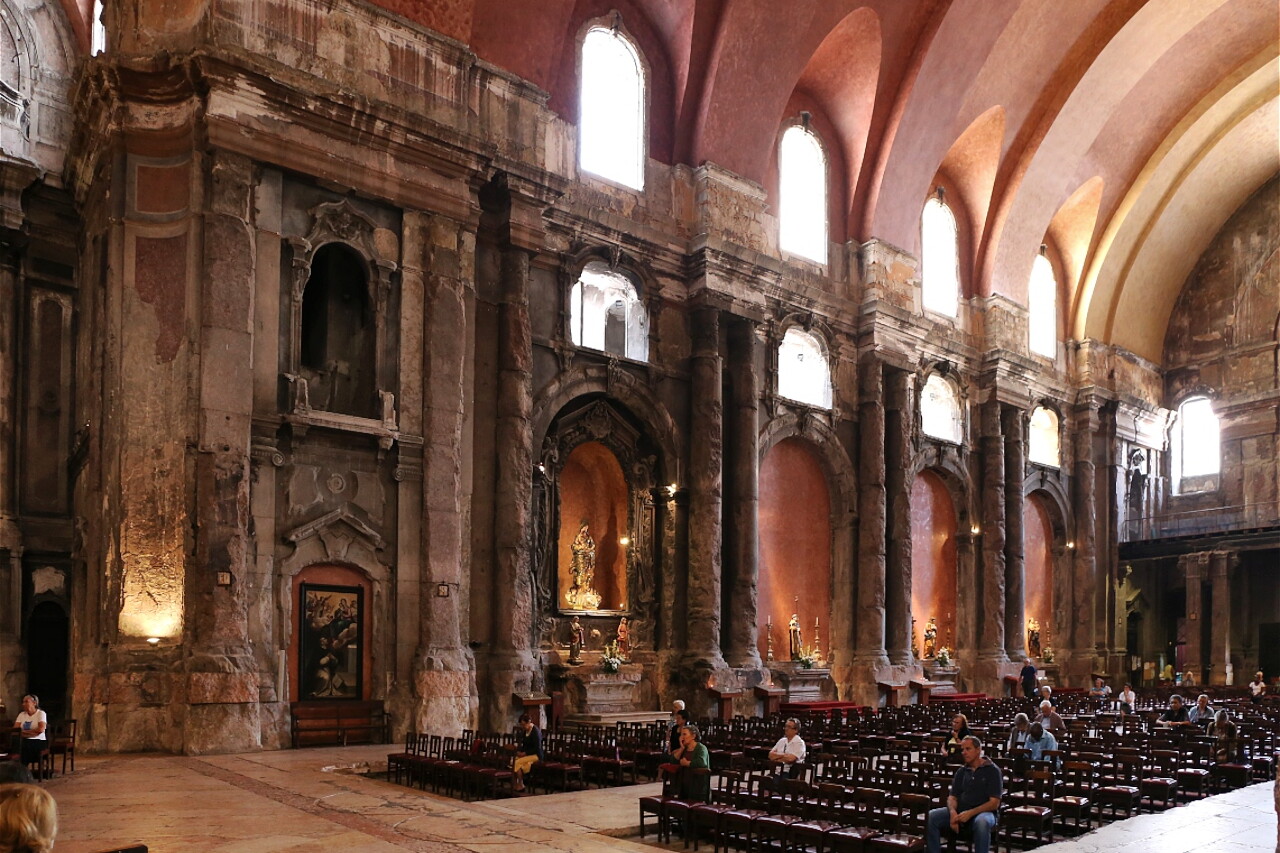St. Dominic's Church
To the right of the National Theatre is a small triangular square, which overlooks the facade of one of the most important churches in Lisbon, the Igreja de São Domingos, often called also Santa Justa. Religious ceremonies of the royal court were held here, including baptisms, weddings and funerals. The church is also known for the fact that a crowd gathered in front of it, which gave rise to the Jewish pogroms known as the "Lisbon Massacre" of 1506. The construction of the church began in 1241 by order of King Sancho II (D. Sancho II). The church belonged to the monastery of St. Dominic, then the residence of the Jesuits was located here. In 1531, an earthquake damaged the building, cracks formed in the walls and vaults. However, thanks to royal subsidies and public donations, the church was restored in 1536. The work was supervised by João Frederico Ludovice, an architect of German origin who was recommended to King Joan V (João V) by the Jesuits. During the Great Earthquake of 1755, the church was almost completely destroyed, only the sacristy and the main chapel were preserved. The restoration of the building was entrusted to the architect Carlos Mardel (Calos Mendel). The work dragged on for almost two centuries and the church acquired its final appearance only in 1748. On August 13, 1959, a massive fire completely destroyed the interior of the church, including gilded altars and art canvases. The church was renovated and reopened to the public in 1994, but even now you can see the columns cracked from the heat. Currently, the church belongs to the state and has the status of a national monument.
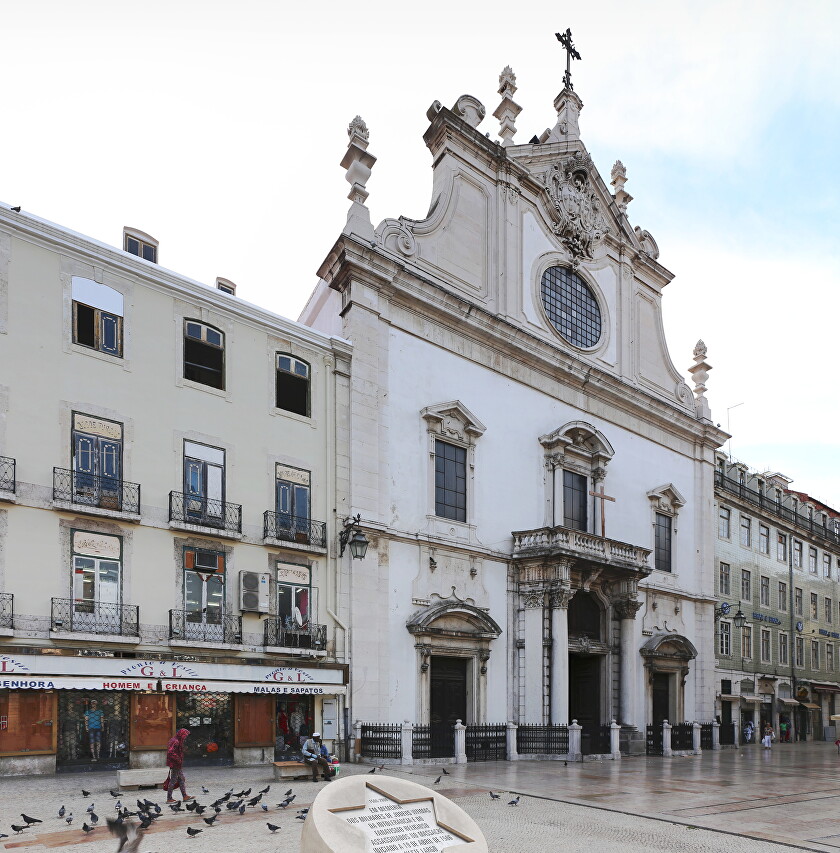
..
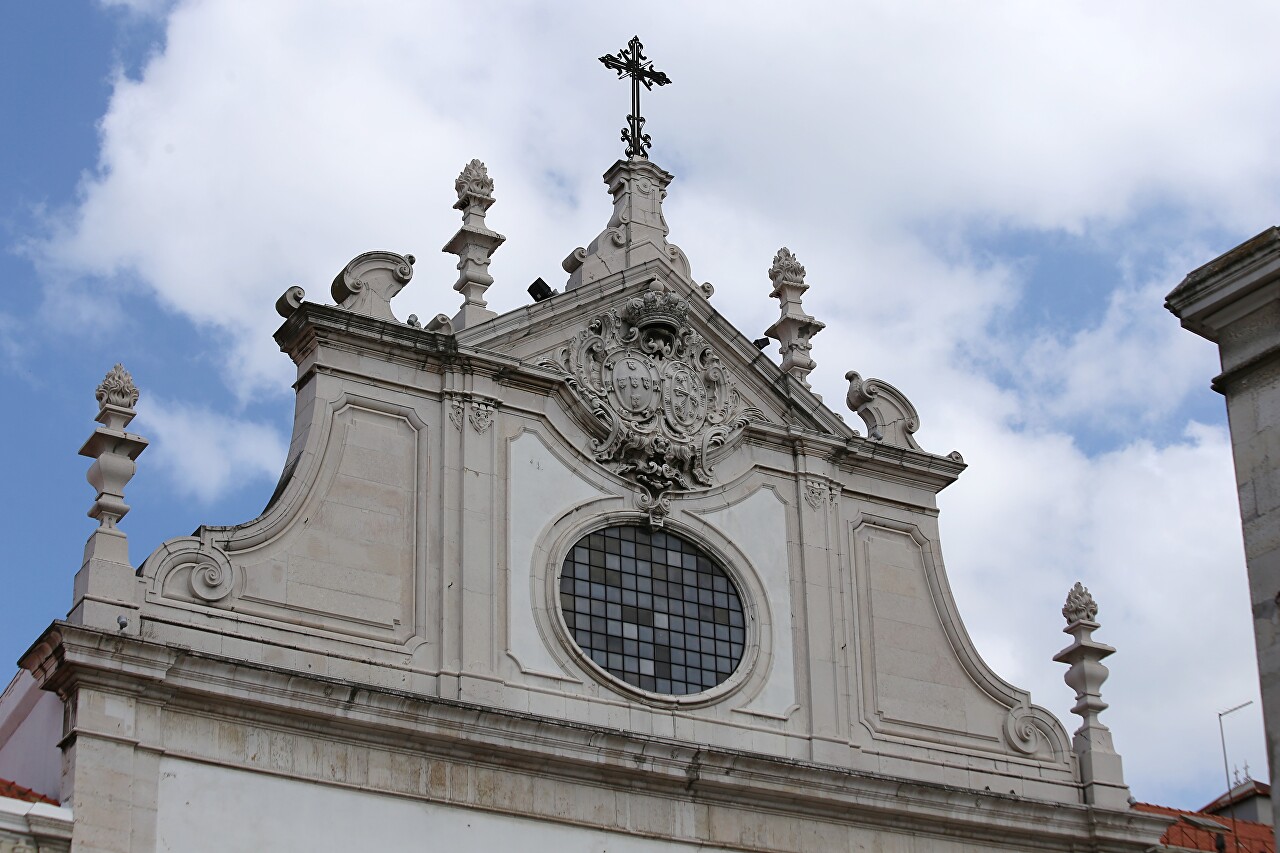
..
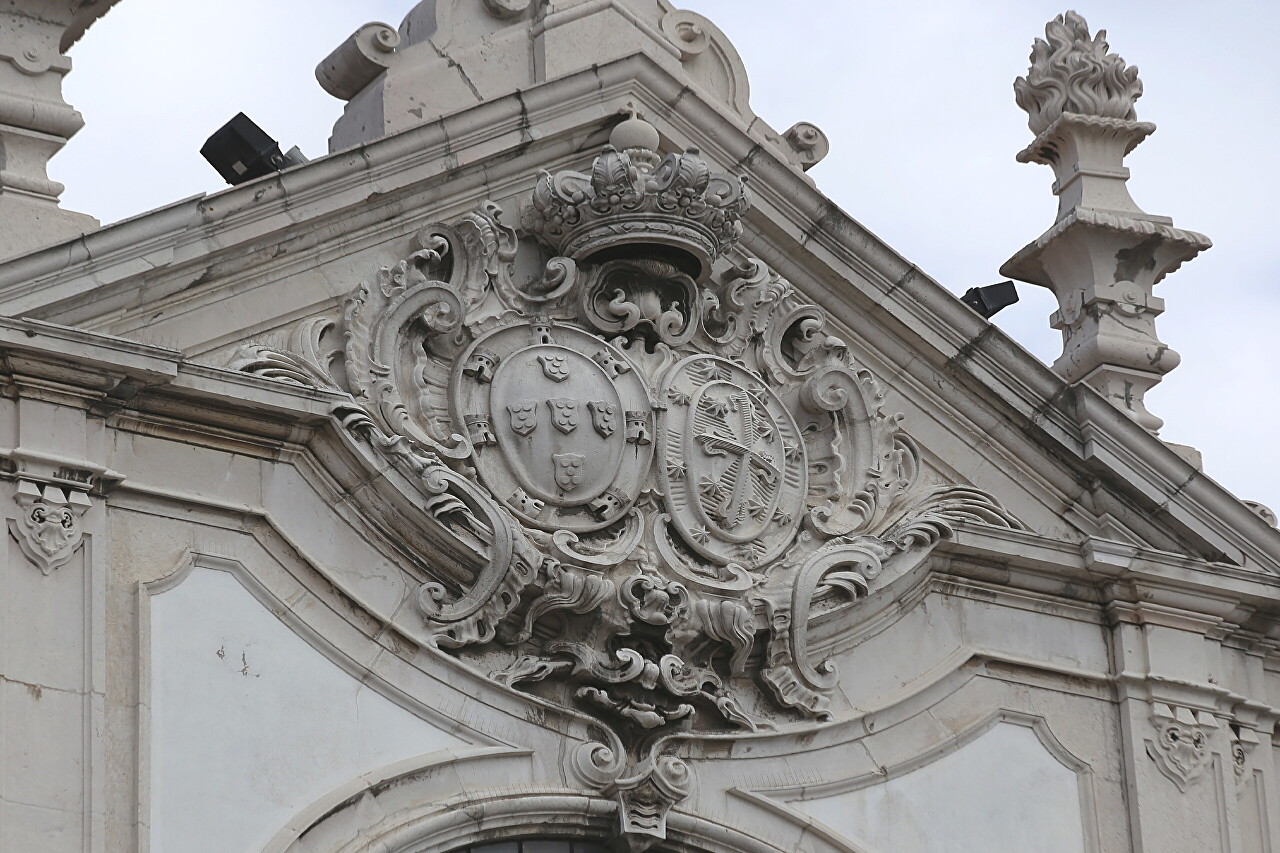
..
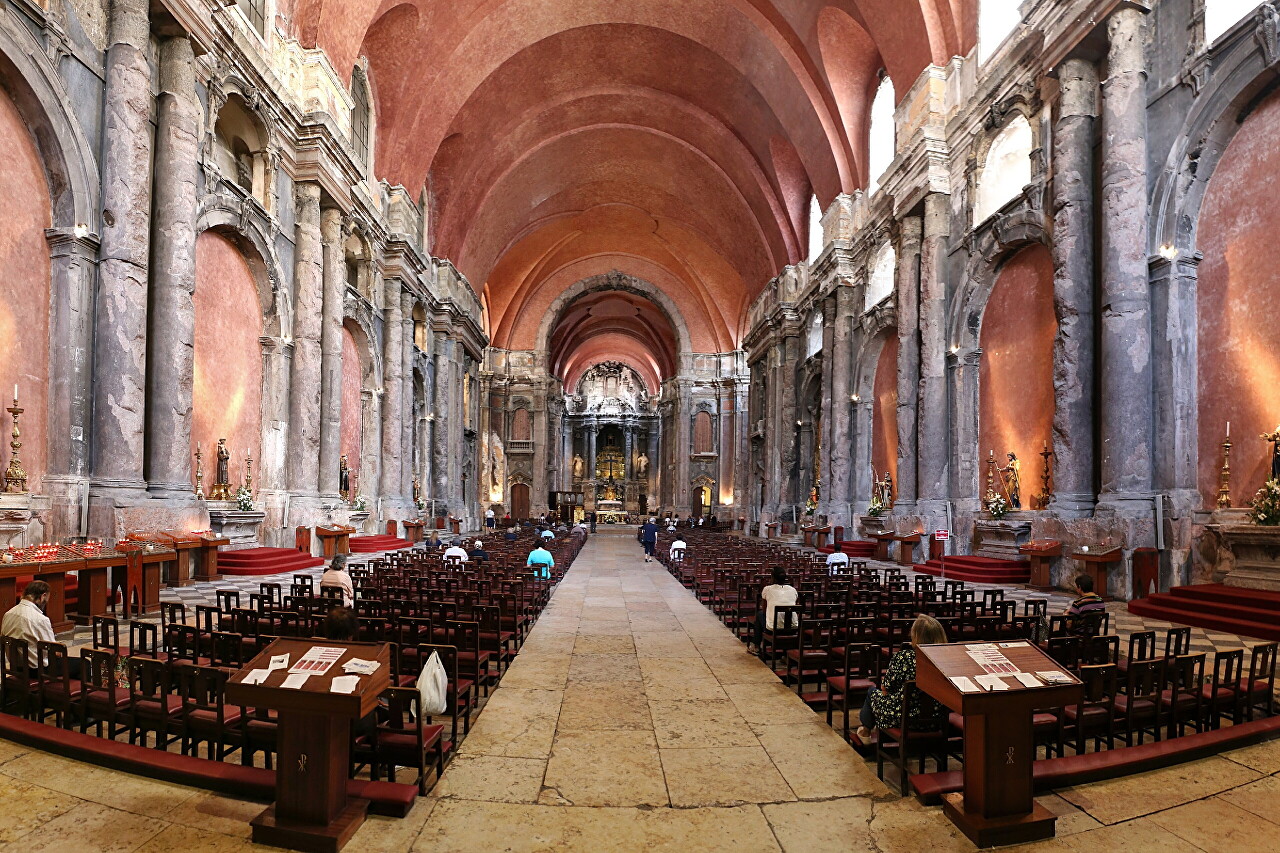
..
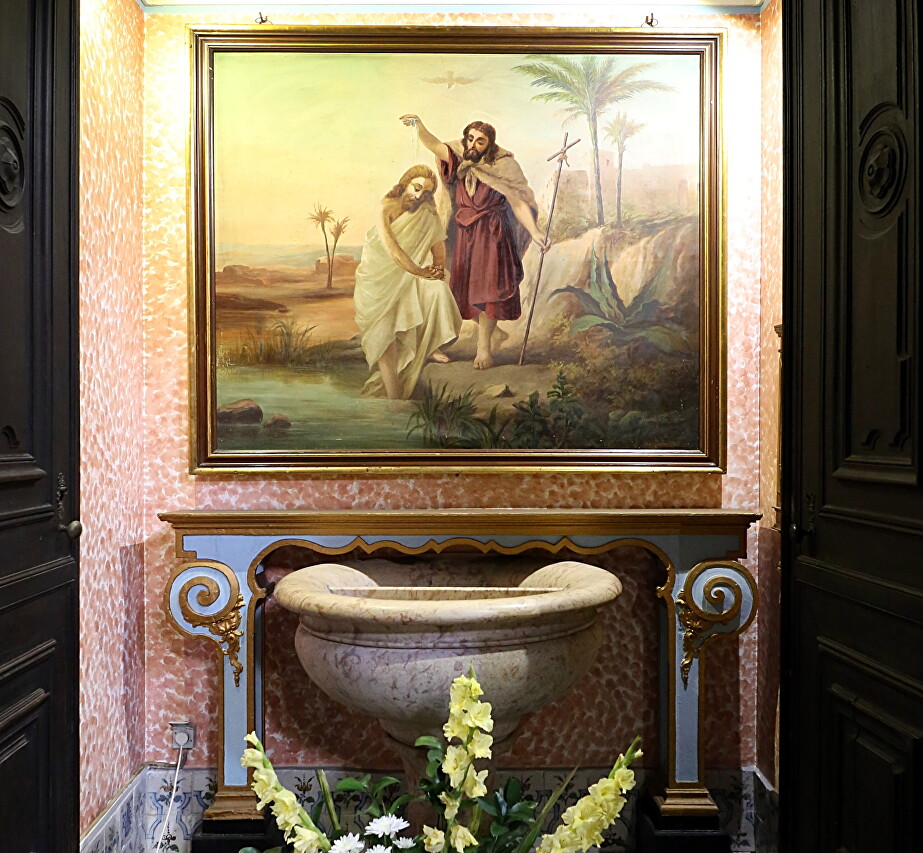
..

..
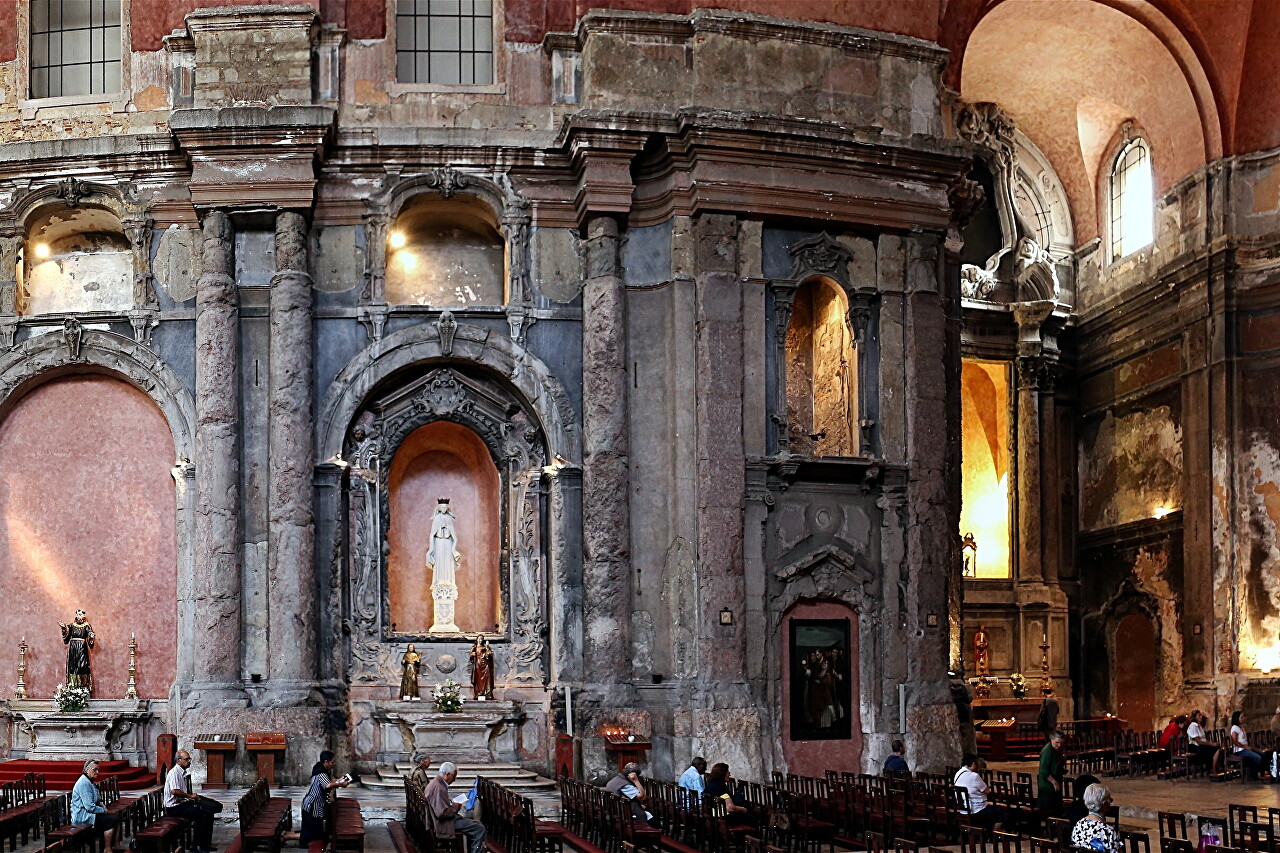
..
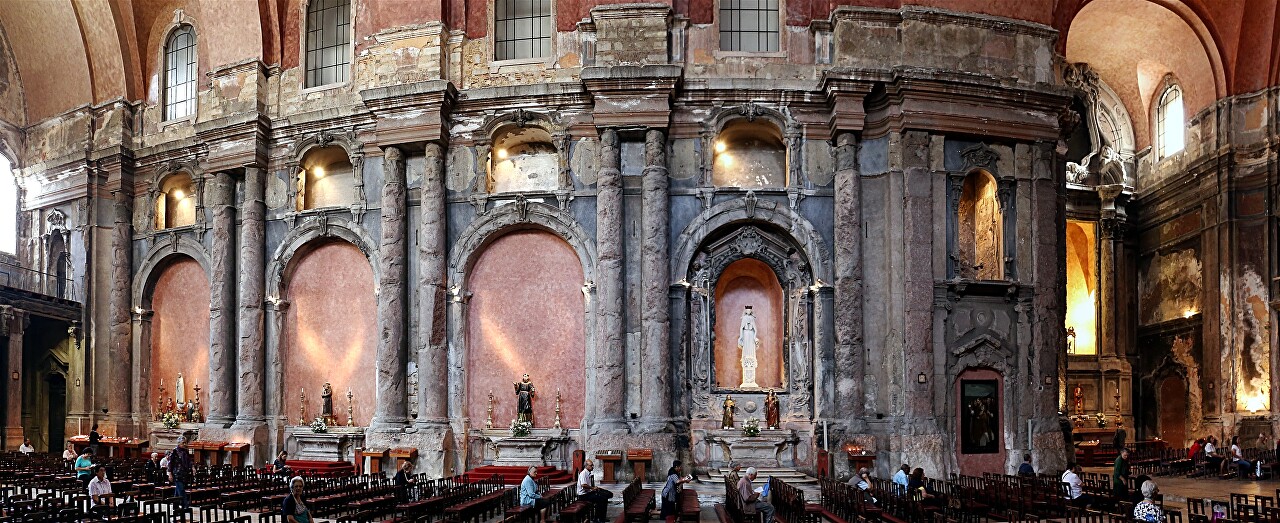
..
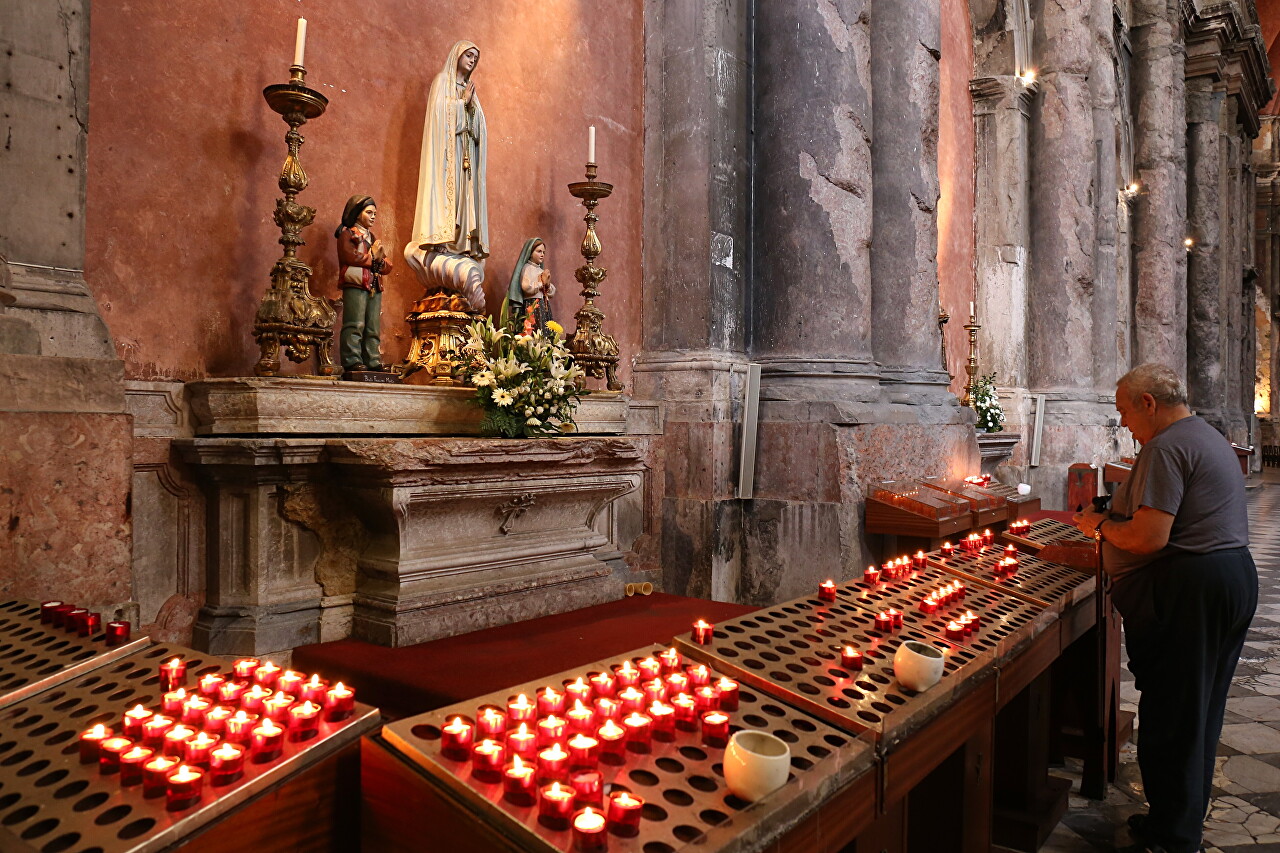
..
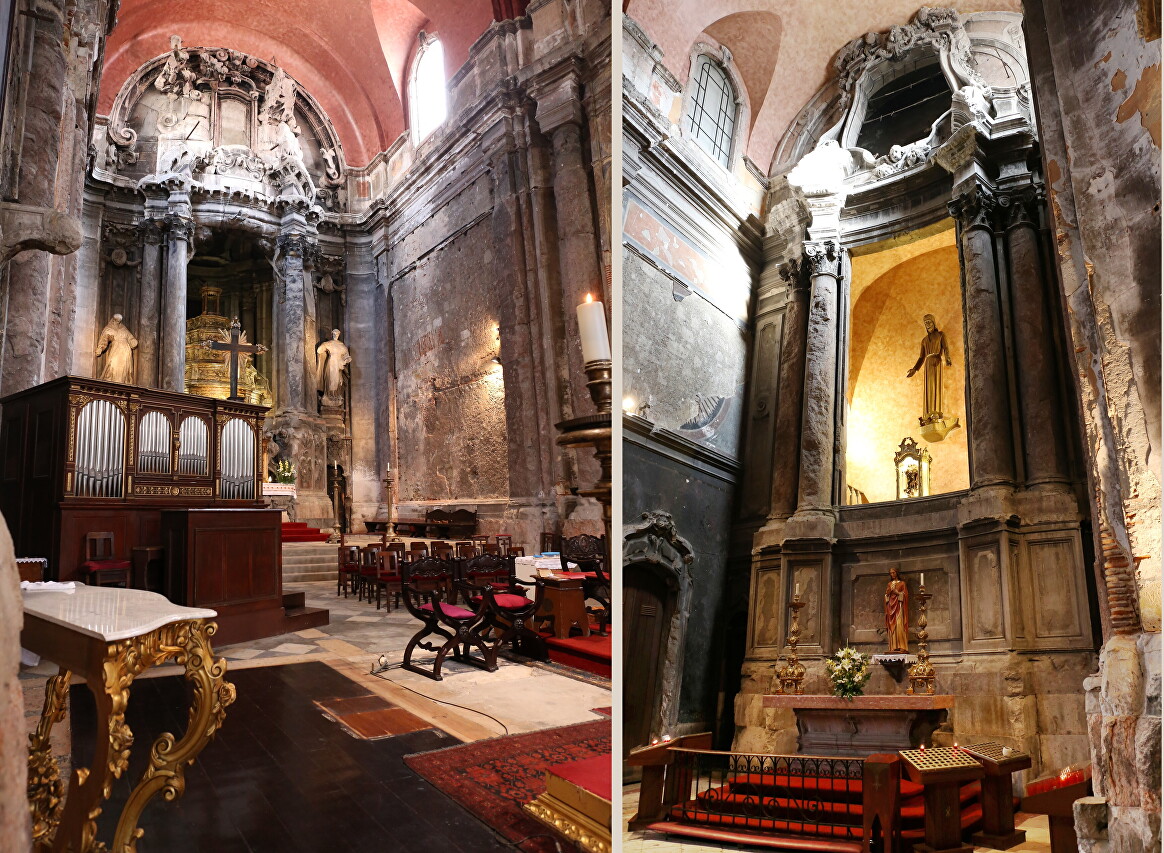
..
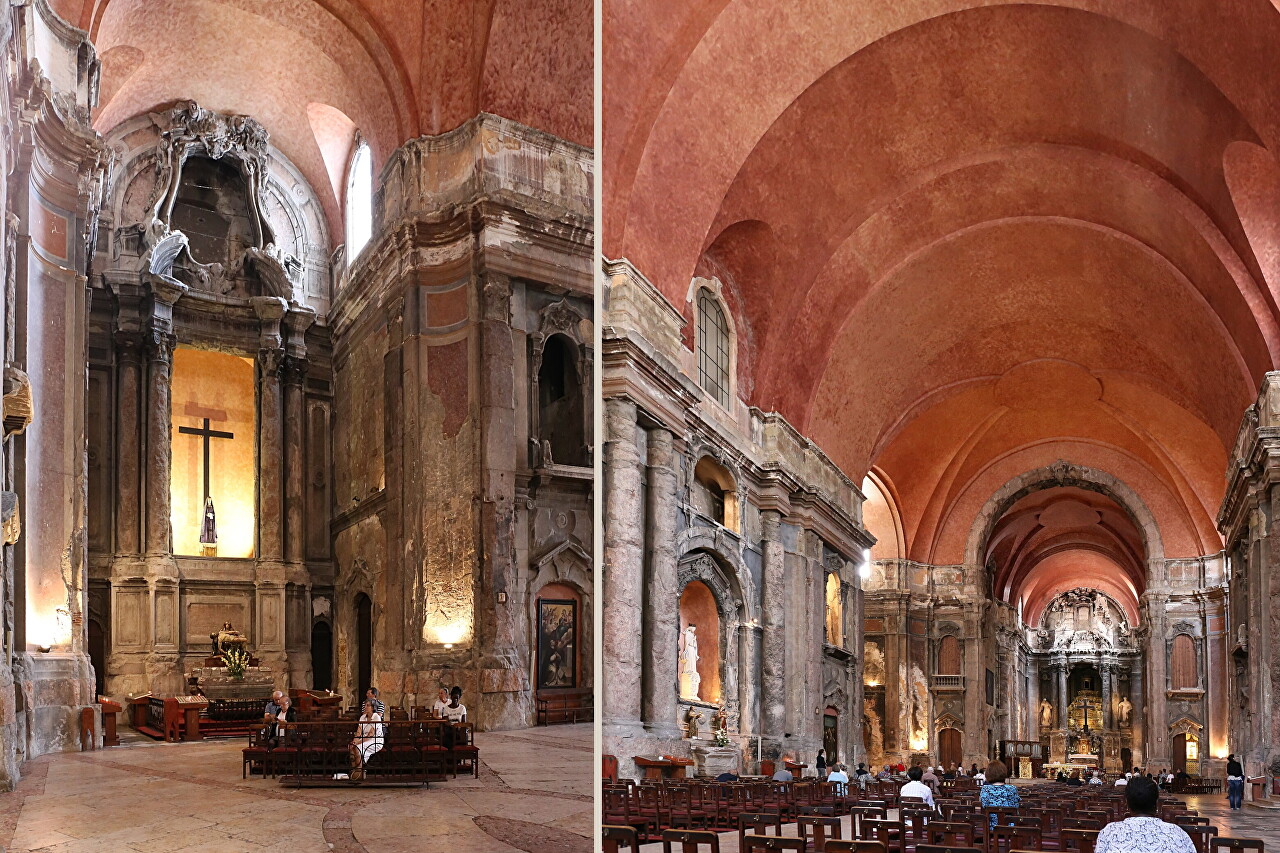
..
